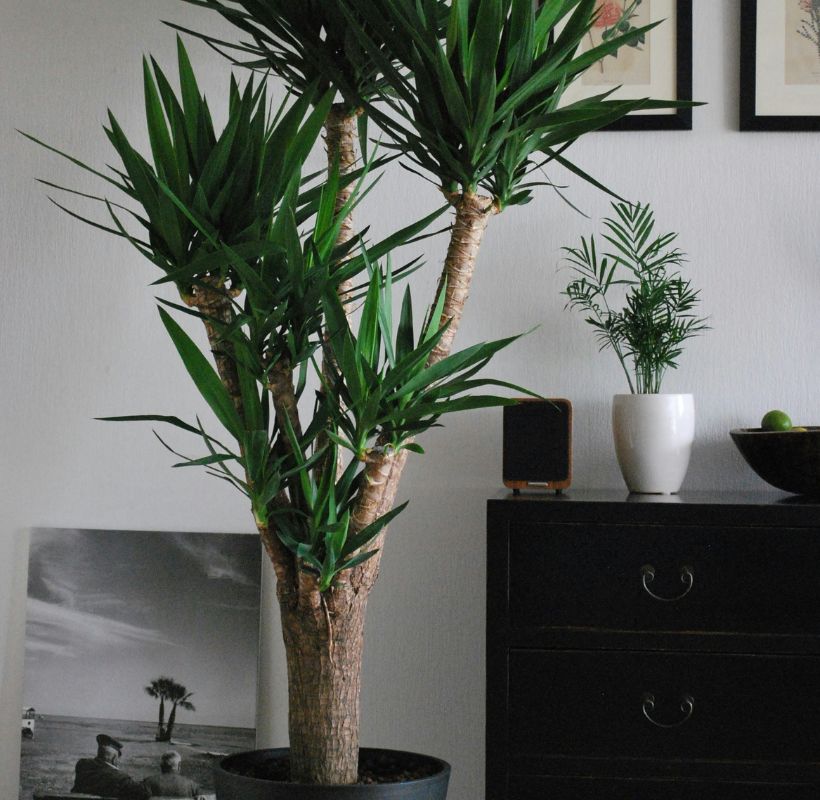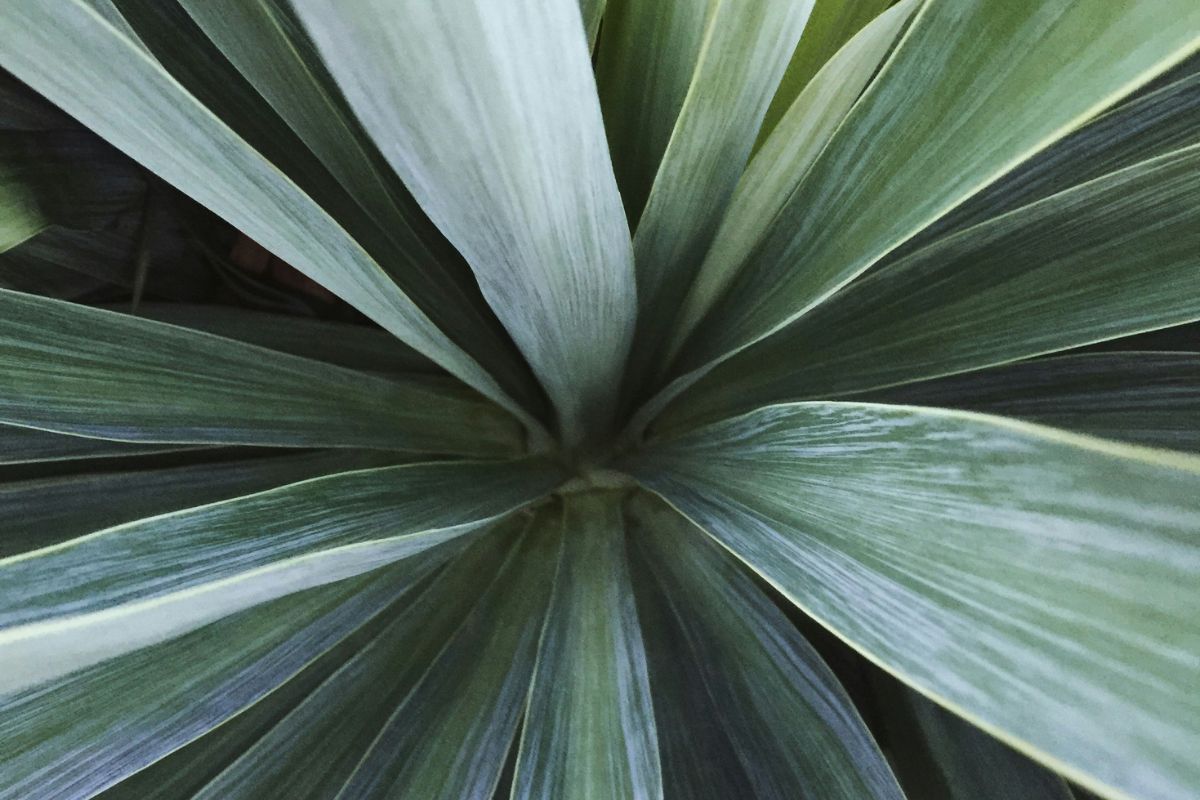Yucca Plant Benefits
The Yucca plant, a hardy and drought-tolerant species, is native to the arid regions of North and Central America. With its sword-shaped leaves and striking look, the Yucca plant is a favored option for both indoor and outdoor settings. With its striking silhouette and low maintenance care, it makes an excellent addition to modern homes, gardens, and office spaces.
Benefits of the Yucca Plant

1. Aesthetic Appeal
Yucca plants are known for their bold, spiky leaves and tall, tree-like structure. The plant's unique form makes it an eye-catching focal point, whether placed in a corner of a room, near an entryway, or in a garden. Its striking appearance adds a touch of modernity and elegance to any space.
Design Tip:
Pair the Yucca with minimalist decor for a sleek and contemporary look, or use it to complement other tropical or desert-inspired plants.
2. Low Maintenance
One of the biggest advantages of the Yucca plant is its low-maintenance nature. It is extremely drought-tolerant and thrives in conditions that would not be suitable for other plants. It requires minimal watering and can adapt to various light conditions, making it ideal for busy individuals or beginners.
Care Tip:
Let the soil dry out fully between waterings. Yucca plants are very adaptable to both low and bright light, but they do best in indirect light.
3. Air Purification
Yucca plants, like many houseplants, contribute to improving air quality by absorbing carbon dioxide and releasing oxygen. Additionally, they can filter out toxins from the air, making your home or office space feel fresher and healthier.
How it works:
The plant’s thick, waxy leaves are highly effective in trapping pollutants and purifying the indoor air.
4. Stress Reduction and Mental Well-being
Having plants in your space can promote relaxation and reduce stress. The Yucca plant’s tall, elegant structure brings a sense of tranquility and calm to your environment. Its minimalistic beauty can enhance the aesthetic of your room while also creating a peaceful atmosphere.
Why it helps:
Being surrounded by greenery has been shown to reduce anxiety and improve mood, providing a more balanced environment.

How to Care for Your Yucca Plant
1. Light Requirements
Yucca plants do well in bright, indirect light and can also withstand a bit of direct sunlight. They can adapt to lower light conditions, though their growth may slow down.
Care Tip:
Position your Yucca plant in a spot with ample natural light, like near a window. Avoid placing it in areas with harsh, direct sunlight for long periods.
2. Watering
Yucca plants are extremely drought-tolerant and thrive in dry conditions. Overwatering is a common issue that can cause root rot, so it’s important to let the soil dry out between waterings.
Watering Tip:
Water the plant when the top 2-3 inches of soil feel dry. Be sure the pot has proper drainage to prevent water from accumulating.
3. Soil and Fertilization
Yucca plants need well-draining soil to avoid root rot in damp conditions. A cactus or succulent mix is ideal for them. Fertilize during the growing season (spring and summer) to promote healthy growth
Fertilizing Tip:
Apply a diluted, balanced fertilizer every 4-6 weeks during the growing season.
4. Temperature and Humidity
Yucca plants prefer warm, dry environments. They thrive in temperatures between 60°F and 85°F (15°C to 29°C). Yuccas are not particularly sensitive to humidity and can tolerate average indoor humidity levels.
Care Tip:
Keep the plant away from drafts, air conditioners, or heaters, as extreme temperature fluctuations can harm it.
5. Pruning and Maintenance
Yucca plants are easy to care for and need only occasional pruning. Trim away any dead or damaged leaves that may gather at the base of the plant. You can also trim the top of the plant to encourage a bushier growth habit.
Maintenance Tip:
Prune in the spring to encourage healthy growth and remove any yellow or damaged leaves.
Common Problems and Solutions
Yellowing Leaves: This is usually due to overwatering or inadequate drainage. Ensure the plant isn’t sitting in water and let the soil dry out before watering again.
Brown Tips: Dry air or underwatering can cause the tips of the leaves to turn brown. Boost humidity or modify your watering routine.
Pests: Yucca plants may occasionally attract mealybugs or scale insects. To address infestations, use insecticidal soap or apply rubbing alcohol with a cotton swab.

